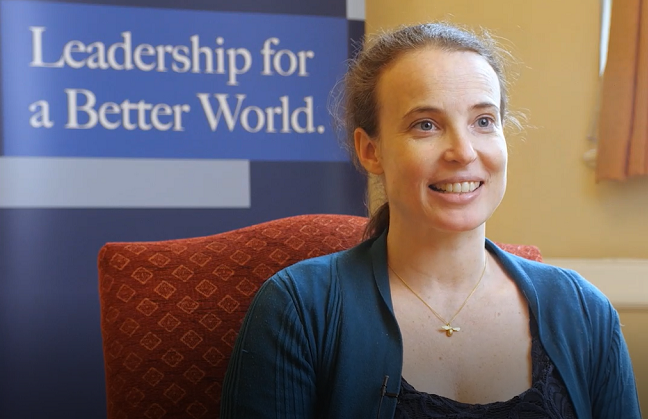As Christmas approaches, people across the globe are queuing on highstreets and browsing online, searching for the perfect …
Roads To Circularity: The COP26 roundtable on food, mobility, and the Circular Economy, Pt. 2

In our most recent CE story, we covered the first part of one of COP26’s headline circular economy events, ‘Fix the economy to fix climate change: the role of the circular economy’. In the first part of this hybrid COP26 event, conducted in partnership with the Ellen MacArthur Foundation, the focus was on transitioning to a circular food economy. To read our cover of this section of the event, click here.
The second part of the talk focused on mobility and transport systems, and was kicked off with the premier of a second short film by EMF, “Tackling climate change with a circular economy for mobility”. This film explored the importance of circularity in the transition to electric vehicles, with a focus on the end life of EV batteries. With the number of EVs expected to increase from 3 million at the beginning of the 2020s to 145 million by the end of the decade, the problem of the waste created by old EV batteries is one that needs robust and sustainable solutions – and fast. One such solution explored in the film comes from a partnership between Groupe Renault, Veolia, & Solvay. Their mission is to extend the life of EV batteries from 5 years to 10, by using old EV batteries to store energy for the grid. When the batteries are no longer fit for purpose, their component materials will be salvaged to make new ones.
The discussion that followed this film was led by Miranda Schnitger, the Governments Lead for EMF. Miranda was joined by Anders Karrberg, Head of Global Sustainability for Volvo Cars, Elliot Treharne, Assistant Director for Environment and Energy for the Greater London Authority, and Isabel Dedrig, Global Transport Leader for Arup. Similarly to the previous roundtable on circularity and food, each guest spoke about current circular initiatives within their organisations, and insights into transitioning to a circular economy. Common themes discussed included the need for vehicle manufacturers to take responsibility for disassembly in order to reduce waste, making ‘greener’ forms of transport such as cycling and walking more attractive, and incentivising sustainable and circular innovation and construction. However, Isabel Dedrig in particular raised some more nuanced points surrounding the culture and perception of mobility and transport. She emphasised the importance of decoupling the intrinsic human need for mobility from the transport industry itself, and highlighted the need to tackle the fetishization of pieces of infrastructure and manufactured items within the industry.
‘Fix the economy to fix climate change: the role of the circular economy’ resulted in an insightful discussion about circularity in two key areas of the human experience – food and mobility. The event not only highlighted the importance of a circular economy, and gave encouraging real world examples of flourishing CE projects, but was also an exploration of how this much needed transition can be made more effectively, more extensively, and – in an age of climate emergency – faster. The key points that emerged from this discussion were repeated and echoed throughout COP26, and will continue to resonate in discussions about climate action and circularity long after the end of the climate conference. The essentials of a successful transition to a circular economy? Innovation, collaboration, and most importantly, action.
A short report by Victoria Lannin on behalf of the CE-Hub.






